Learning from Europe
Bauwelt 100!
Text: Geipel, Kaye, Berlin
Learning from Europe
Bauwelt 100!
Text: Geipel, Kaye, Berlin
34 authors from all over Europe showcase exemplary building, urban, and landscape planning projects from their respective country – 16 of these projects are presented in detail.
Let’s talk about us. In the beginning of the year, we subdivided the Bauwelt century into decades to trace the change in the architects’ image and their self-understanding. Now, in the second jubilee number of our journal, we have chosen to focus on the architectural developments in our neighbouring countries. An architectural journal like Bauwelt is, in a way, also a big mental map. The editors sit in their office holding their critical views while somewhere out there the architects design and build. The communication network between criticism, architecture, and building practice produces that expertise that we as editors try to convey in a condensed and readable way. In July, we started an extensive inquiry among our European neighbours with the aim of discovering some exemplary projects that had been produced during the last years. 34 authors from 26 countries were invited to answer the following questions: “Which recent buildings and which urban planning strategies would you name as exemplary projects in view of the future development in your country?” Some of the invited persons sent sceptical questions in reply. Emmanuel Caille, for example, wrote doubtingly: “In France, there have been many good projects. But outstanding, exemplary ones? That is a difficult thing!” Others expressed similar doubts. But in the end, Caille made a decision and named the Île de Nantes rehabilitation project which is still under way. This project shows how the desolate condition of a whole neighbourhood can be ameliorated step by step – without large-scale developments and iconic buildings, only by implementing intelligent concepts.
For Germany or the Netherlands, this idea may seem familiar, but in France with its deeply rooted centralistic tradition it is a risky innovation and one which can, in reverse, be interesting for countries which were used to developping large downtown areas “at a stroke” and are now looking for new ways to understand, and develop, the city as process.
From Varbuse, Estonia, to Nicosia, Cyprus | We present the choice and critical opinion of 34 authors from all over Europe. On two large maps we have charted the answers accompanied by a short commentary and have categorized them according to a set of principles. You, the readers, may read this number quickly or slowly or, maybe, choose it as a travel companion. 16 projects are discussed in detail. One result becomes visible: Post-war modernism has hit the ground free fall in nearly all European countries. Modernism today is an essential part of the tradition that must be transformed – in most cases, with enduring patience, but sometimes also by humour and inventiveness as for instance in Ghent where an industrial hall has been converted into a park; in Linz where an ephemeral gabled structure has been erected above a city highway tunnel; in Varbuse, Estonia, where an old highway has been replaced by an open-air museum of infrastructure; or in Stavanger where discarded oil containers have been used to create an urban location.
As a second point, one realizes the slow merging of Eastern and Western problems. There is the common history of the years past 1989 in which after the first enthusiasm a contrary attitude ensued lasting for at least the next 10 years. During these years, on the one side built-up areas were densified in a capitalist manner while on the other wounds were licked und shrinking occurred –sometimes to a dramatic extent. But what does this mean, when put together? Europe, that small continent, recalls the fact that the debate on architecture once again must focus on the question of ties and connections. After long years during which public space meant hardly more than an aperçu, it has once again become a constituent part of architecture - which means that it is, and must needs be, understood as a relational idea. Many articles in this number describe how this can be implemented in architecture and urban planning. In these projects, the strict distinction between “architecture” and “landscaping” becomes obsolete - whether in the school projects’ interior spaces designed as internal landscapes (Copenhagen, Zagreb) or in the landscape of the Oslo Opera House’s public ramps.
4892 times | When you open the new Bauwelt number this Friday, 4892 numbers will have appeared since the very first one in March 1910. On occasion of the journal’s 50th birthday, Ulrich Conrads remarked in amazement: Bauwelt started without a written programme. The journal just came out. And that is still true: Bauwelt just comes out. Week by week. The simple straightforwardness of this approach could also be called tense curiosity. Many things have changed, most notably during the last year: There is, since September 28th the new online edition. And in summer last year, the “Bauwelt Live” events series has been launched that will be largely expanded, in close correlation to the topic of the respective numbers, during the coming year. These two elements share one purpose: to establish a closer, more direct contact between you, the readers, and us, the editors. For us, the support and the critical contributions of our readers are of vital importance.


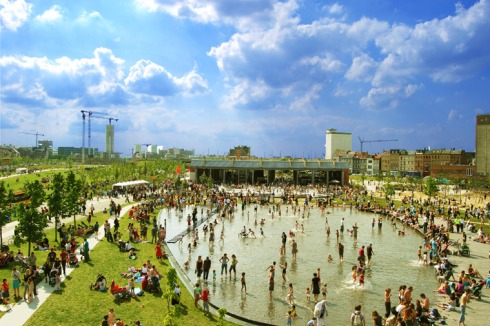


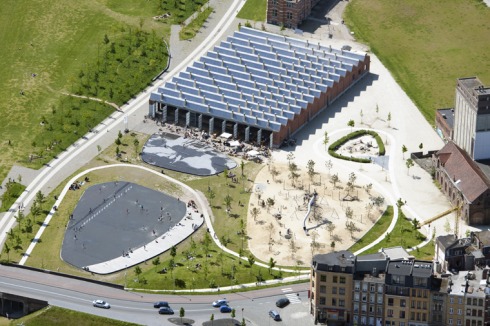
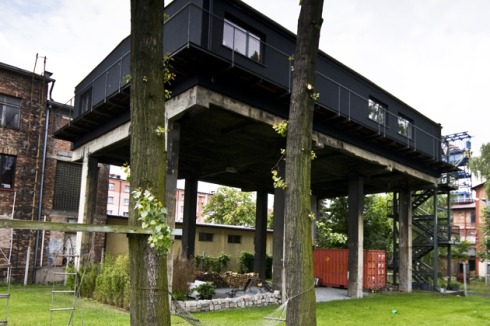
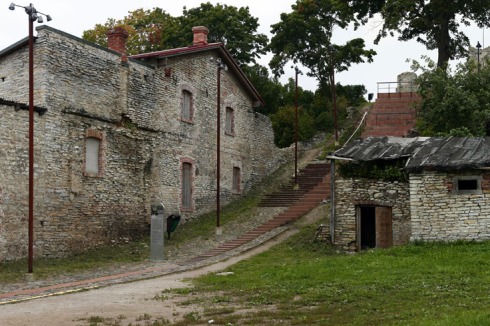
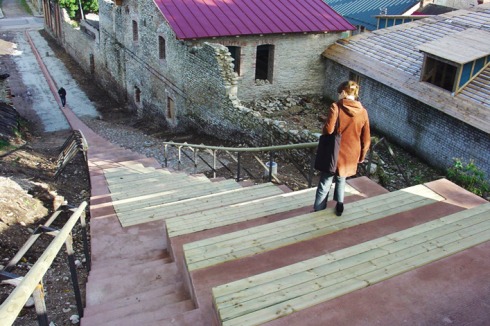
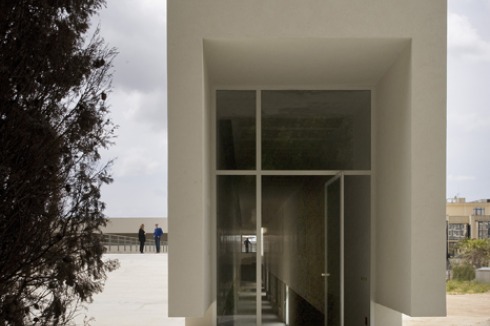
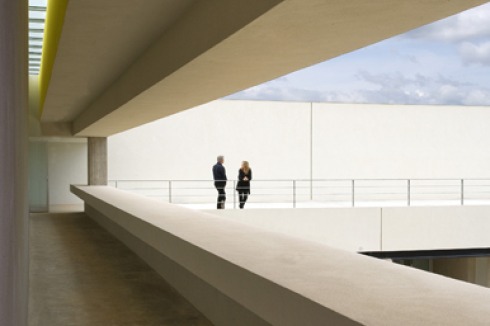
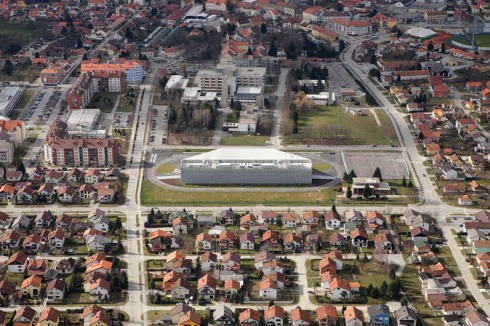
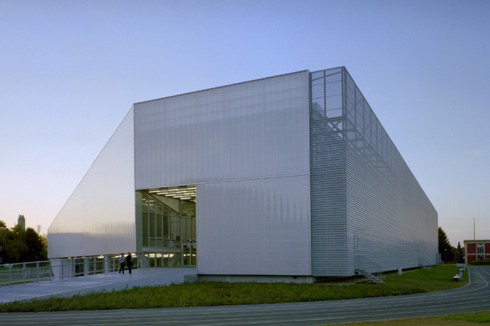
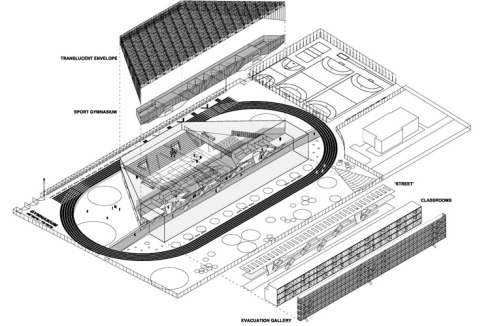
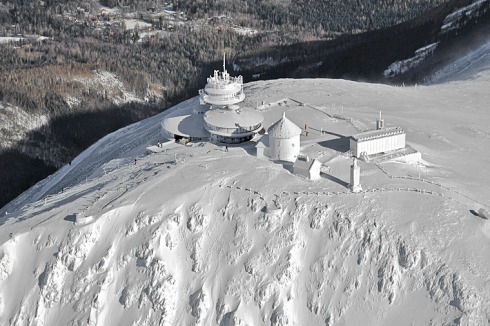
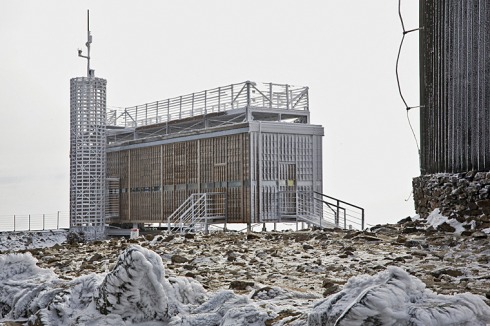
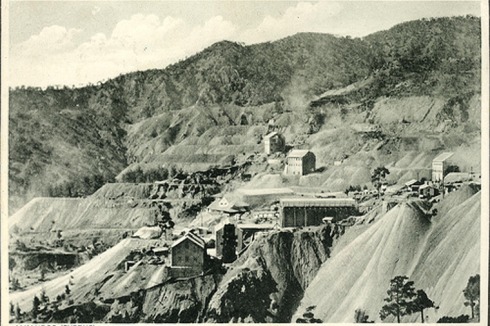
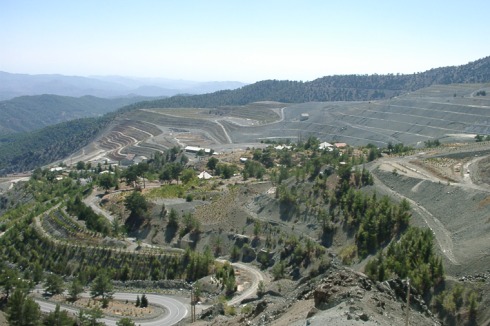
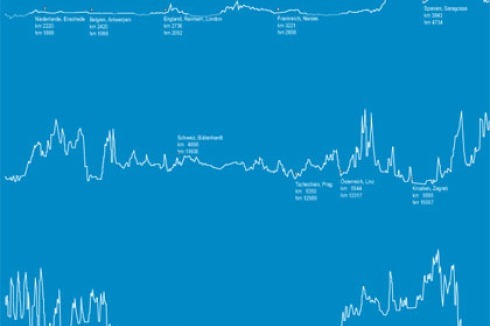



0 Kommentare